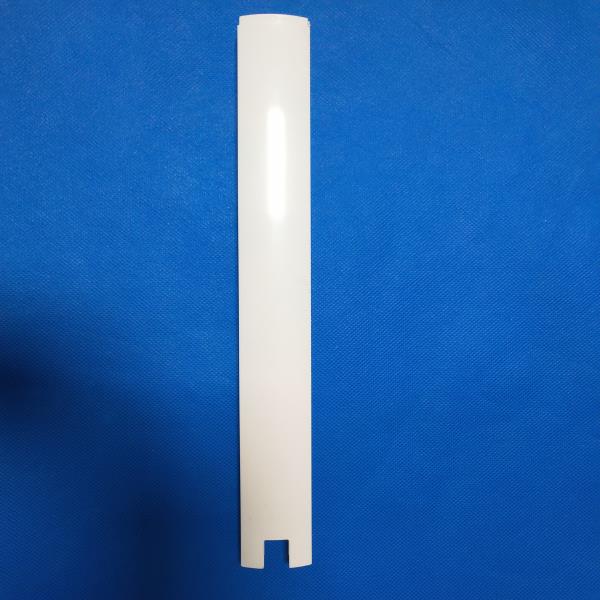The Magic of Injection Molds: Transforming Ideas into Reality
Injection molds play a vital role in the manufacturing industry, acting as the behind-the-scenes heroes responsible for bringing countless products to life. At the heart of the manufacturing process, injection molds enable the transformation of creative ideas and designs into tangible, mass-produced goods. This intricate and precise tooling system is a cornerstone of modern manufacturing, revolutionizing the way products are produced efficiently and cost-effectively. At the core of this transformative process lies the injection molder, a skilled professional tasked with overseeing the intricate dance of design, materials, and machinery that culminate in the creation of a vast array of products.
Types of Injection Molding Processes

Firstly, it's crucial to understand that injection molding is a versatile manufacturing process used to produce a variety of parts with high precision and repeatability. One common type of injection molding process is known as thermoplastic injection molding. This process involves heating thermoplastic materials into a molten state before injecting them into a mold cavity to cool and solidify into the desired shape.
Another significant type is thermoset injection molding, which is used for materials that cure and harden through a chemical reaction rather than cooling. In this process, the thermoset material is heated to a specific temperature within the mold, initiating a cross-linking reaction that transforms it into a rigid form. This type of injection molding is often chosen for parts requiring exceptional heat resistance and dimensional stability.
Furthermore, there is liquid silicone rubber (LSR) injection molding, which is characterized by using liquid silicone rubber materials that are injected into a mold cavity. This process is ideal for manufacturing parts that demand flexibility, durability, and biocompatibility. LSR injection molding is widely utilized in industries such as medical, automotive, and electronics for producing intricate, high-quality components.
Key Components of an Injection Molding Machine
First, let's delve into the heart of an injection molding machine: the injection unit. This crucial part is responsible for melting and injecting the material into the mold cavity. It consists of a barrel, where the material is heated, and a screw or plunger, which helps to push the molten material into the mold.
Next, we have the clamping unit, a robust component that firmly holds the mold in place during the injection process. This unit ensures that the mold remains closed with the required force as the material is injected. It consists of a clamping mechanism, which generates the necessary pressure to keep the mold shut, and the mold plate, which provides a platform for mounting the mold.
Another essential component is the control system, which acts as the brain of the injection molding machine. This system regulates and monitors various parameters such as temperature, pressure, and cycle times to ensure the production of high-quality parts. Advanced control systems also allow for precise adjustments and real-time monitoring to optimize the manufacturing process.
Advantages and Applications of Injection Molding
For many businesses, using injection molds offers significant advantages. The process allows for high production output with minimal waste, making it a cost-effective solution for mass production of products. The ability to create intricate and complex shapes with precision and consistency is another key benefit of injection molding.
Injection molding is widely used across various industries, including automotive, medical, consumer goods, and electronics. In the automotive sector, injection molding is used for producing intricate parts such as dashboards, bumpers, and interior trims. In the medical field, it is utilized for manufacturing items like syringes, medical device components, and packaging. The versatility of injection molding makes it a popular choice for a wide range of applications.